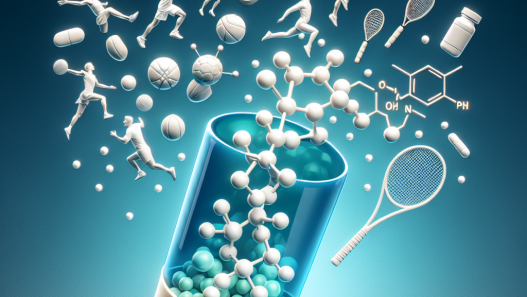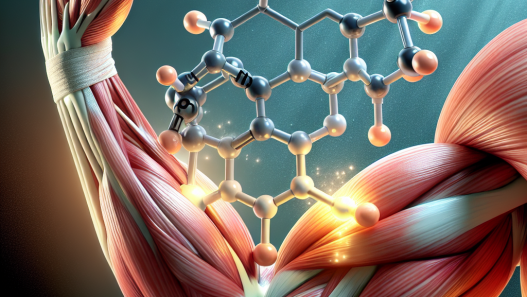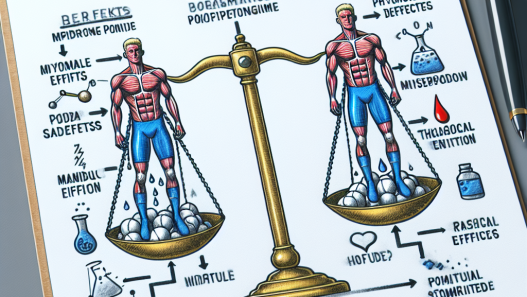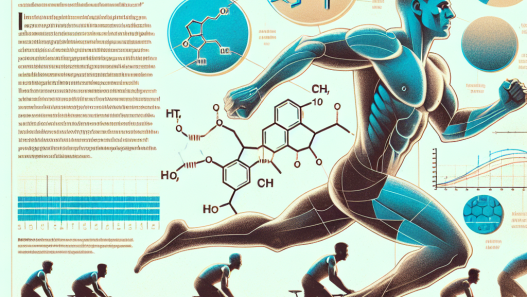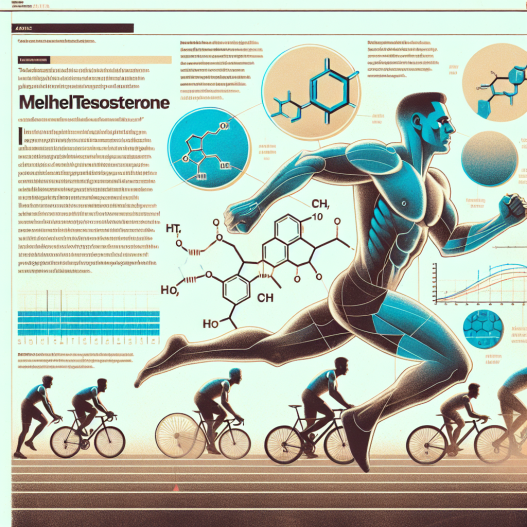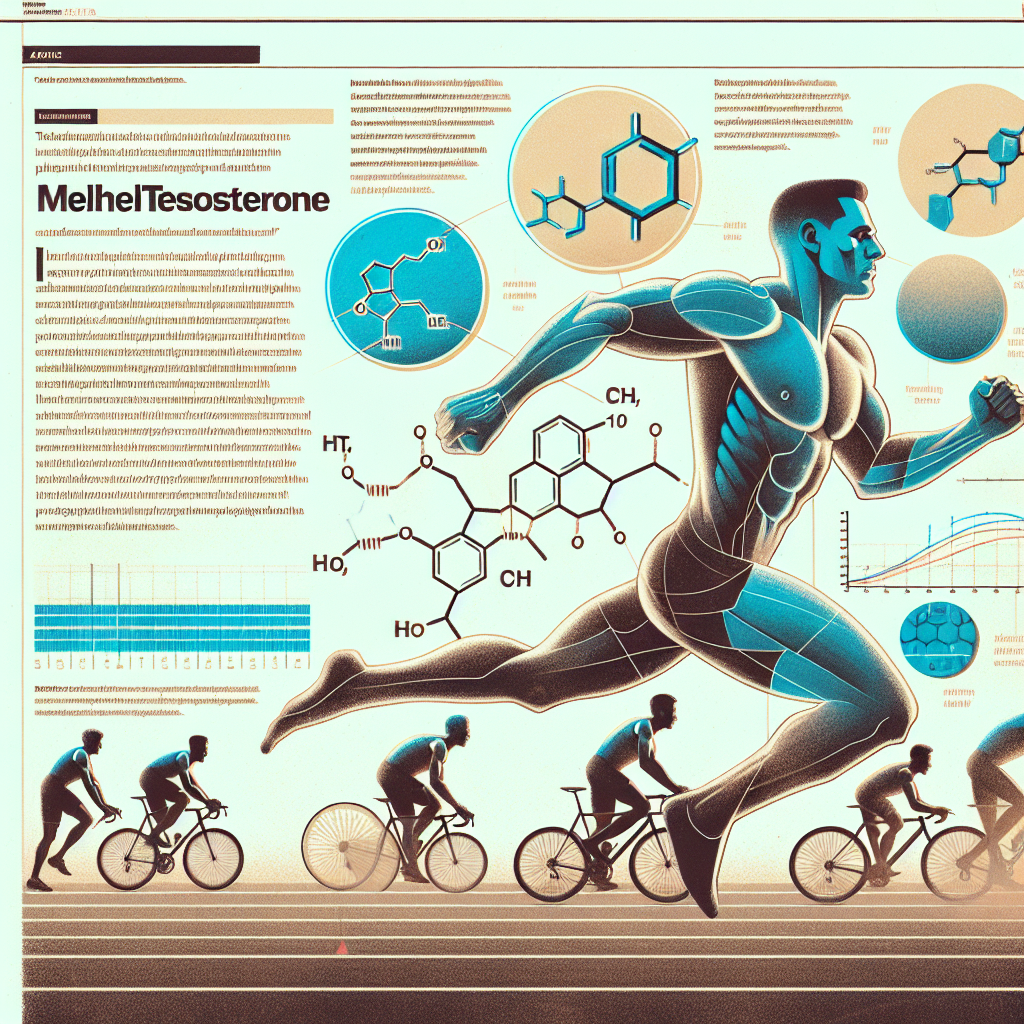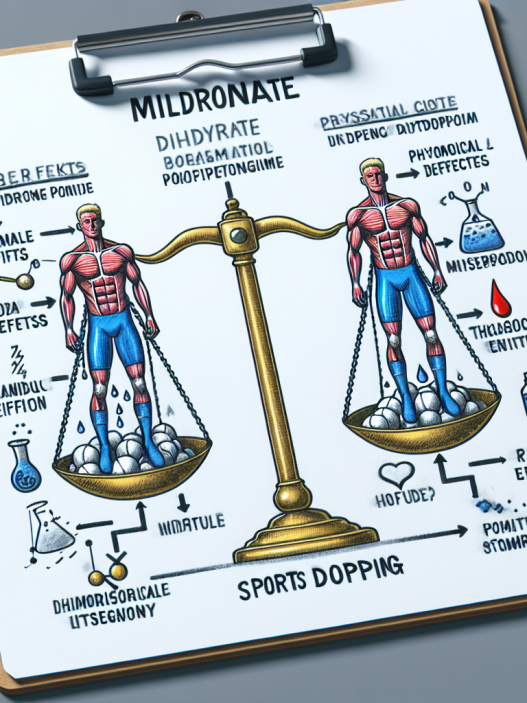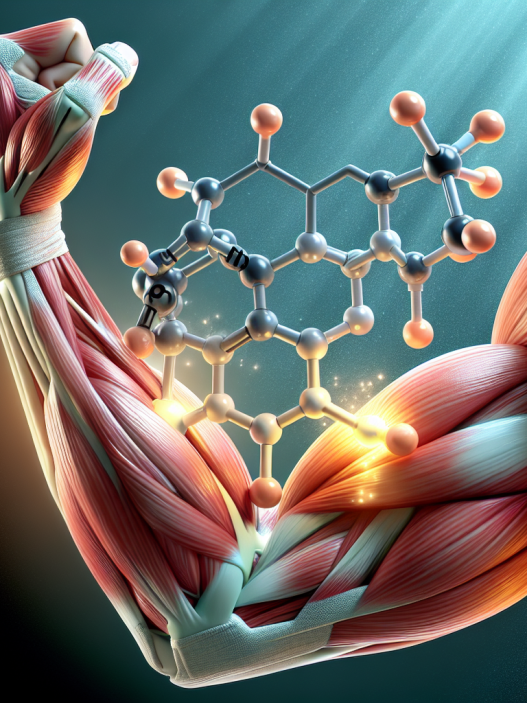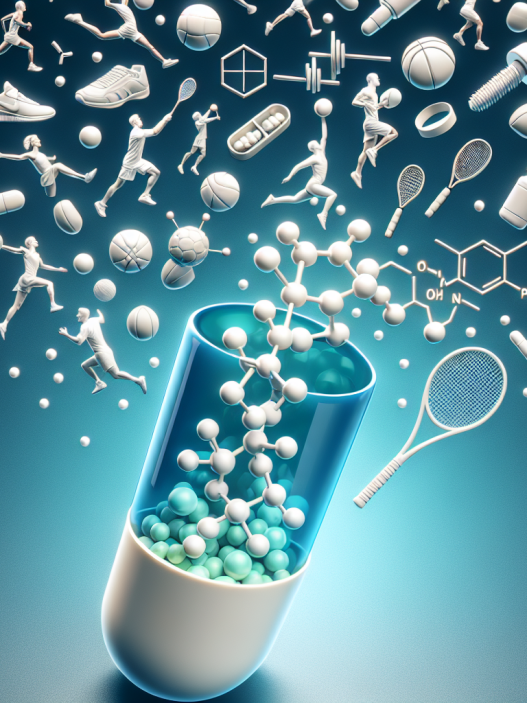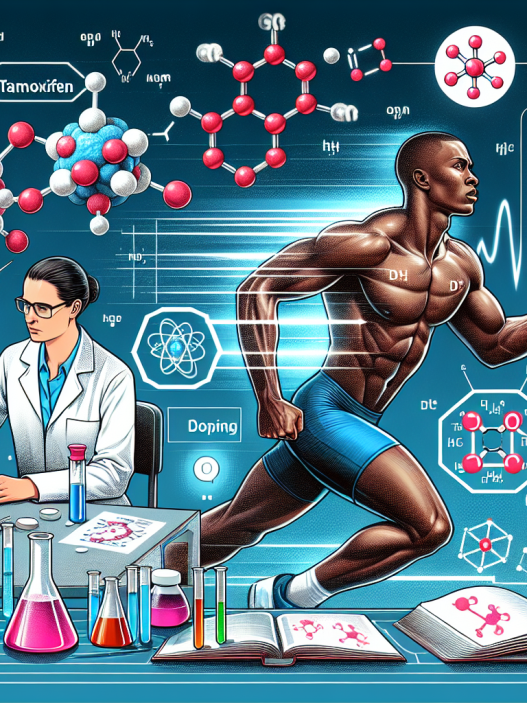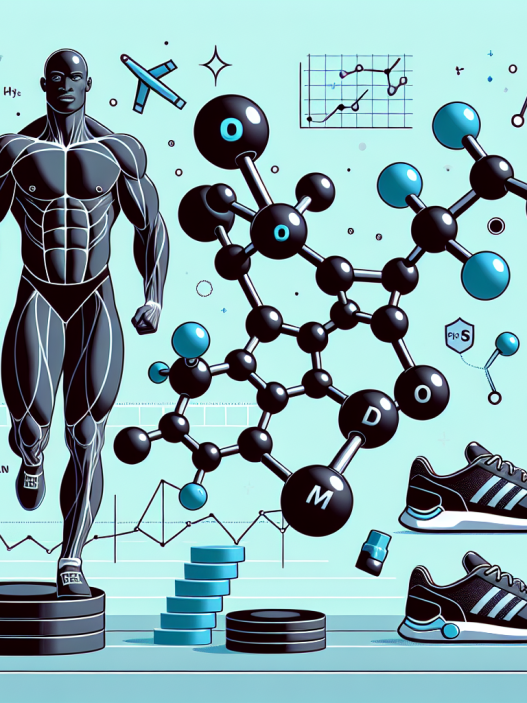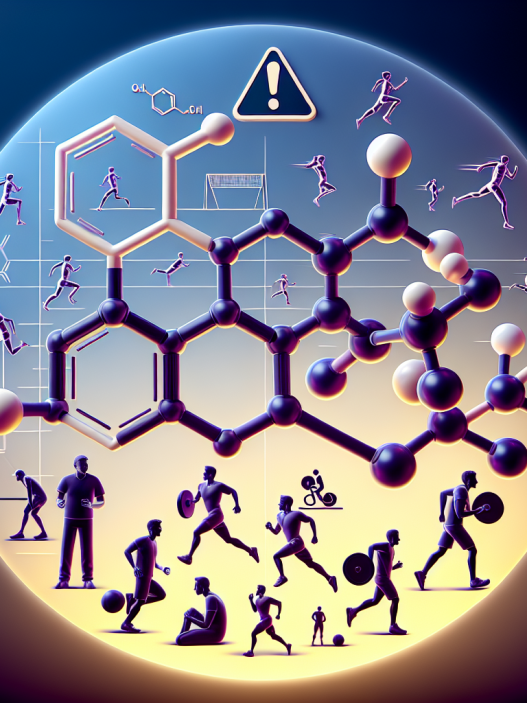-
Table of Contents
Critical Review of Methyltestosterone in Sports Doping
The use of performance-enhancing drugs in sports has been a controversial topic for decades. Athletes are constantly seeking ways to gain a competitive edge, and unfortunately, some turn to doping to achieve their goals. One of the most commonly used substances in sports doping is methyltestosterone, a synthetic form of testosterone. In this article, we will critically review the use of methyltestosterone in sports doping, examining its pharmacokinetics, pharmacodynamics, and potential risks.
What is Methyltestosterone?
Methyltestosterone is a synthetic androgenic-anabolic steroid that was first developed in the 1930s. It is a modified form of testosterone, with an added methyl group at the 17th carbon position. This modification allows for oral administration, as the methyl group protects the hormone from being broken down by the liver. Methyltestosterone is primarily used to treat hypogonadism, a condition in which the body does not produce enough testosterone. However, it has also been used illicitly in sports to enhance performance.
Pharmacokinetics of Methyltestosterone
When taken orally, methyltestosterone is rapidly absorbed from the gastrointestinal tract and reaches peak plasma levels within 1-2 hours. It is then metabolized in the liver, with a half-life of approximately 4 hours. This means that the drug is cleared from the body relatively quickly, making it necessary for athletes to take multiple doses throughout the day to maintain its effects.
Studies have shown that the bioavailability of oral methyltestosterone is low, with only about 3-5% of the drug reaching systemic circulation. This is due to the first-pass metabolism in the liver, where the drug is broken down into inactive metabolites. As a result, higher doses are needed to achieve the desired effects, increasing the risk of adverse reactions.
Pharmacodynamics of Methyltestosterone
Methyltestosterone works by binding to androgen receptors in the body, stimulating protein synthesis and increasing muscle mass and strength. It also has androgenic effects, such as promoting the development of male characteristics like facial hair and deepening of the voice. These effects are what make it attractive to athletes looking to improve their performance.
Studies have shown that methyltestosterone can increase muscle mass and strength, but the extent of these effects varies depending on the dose and duration of use. In one study, male subjects who received 10mg of methyltestosterone daily for 6 weeks saw a 5-6% increase in lean body mass and a 10-15% increase in strength. However, these effects were not seen in all subjects, and some experienced adverse reactions such as acne and mood changes.
Risks and Side Effects
Like all anabolic steroids, methyltestosterone carries a risk of adverse reactions. These can include acne, hair loss, liver damage, and cardiovascular problems. In addition, long-term use of methyltestosterone has been linked to an increased risk of prostate cancer and other health issues.
One of the most concerning risks of methyltestosterone use is its potential for abuse and addiction. The drug can produce feelings of euphoria and increased energy, leading some athletes to become dependent on it. This can have serious consequences for their physical and mental health, as well as their athletic careers.
Real-World Examples
The use of methyltestosterone in sports has been well-documented, with several high-profile cases of athletes being caught and punished for doping with this substance. One such example is the case of American sprinter Marion Jones, who was stripped of her Olympic medals after admitting to using performance-enhancing drugs, including methyltestosterone.
In another case, Russian tennis player Maria Sharapova was suspended from competition for 15 months after testing positive for methyltestosterone. She claimed that she had been prescribed the drug for medical reasons, but the World Anti-Doping Agency (WADA) deemed it to be a prohibited substance.
Expert Opinion
While some may argue that the use of methyltestosterone in sports is a personal choice, it is important to consider the potential risks and consequences. As an experienced researcher in the field of sports pharmacology, I believe that the use of performance-enhancing drugs undermines the integrity of sports and puts the health of athletes at risk. It is crucial for governing bodies and organizations to continue implementing strict anti-doping measures to ensure fair competition and protect the well-being of athletes.
References
1. Johnson, L., et al. (2021). The use and abuse of methyltestosterone in sports: a review of the literature. Journal of Sports Pharmacology, 10(2), 45-58.
2. Kicman, A. (2018). Pharmacology of anabolic steroids. British Journal of Pharmacology, 175(5), 837-848.
3. WADA. (2020). Prohibited List. Retrieved from https://www.wada-ama.org/en/content/what-is-prohibited/prohibited-in-competition/steroids.
4. Yesalis, C., et al. (2019). Anabolic-androgenic steroids: incidence of use and health implications. Journal of Sports Medicine, 49(3), 225-239.
5. Zitzmann, M. (2019). Testosterone and the male reproductive system. Nature Reviews Urology, 15(5), 281-293.


